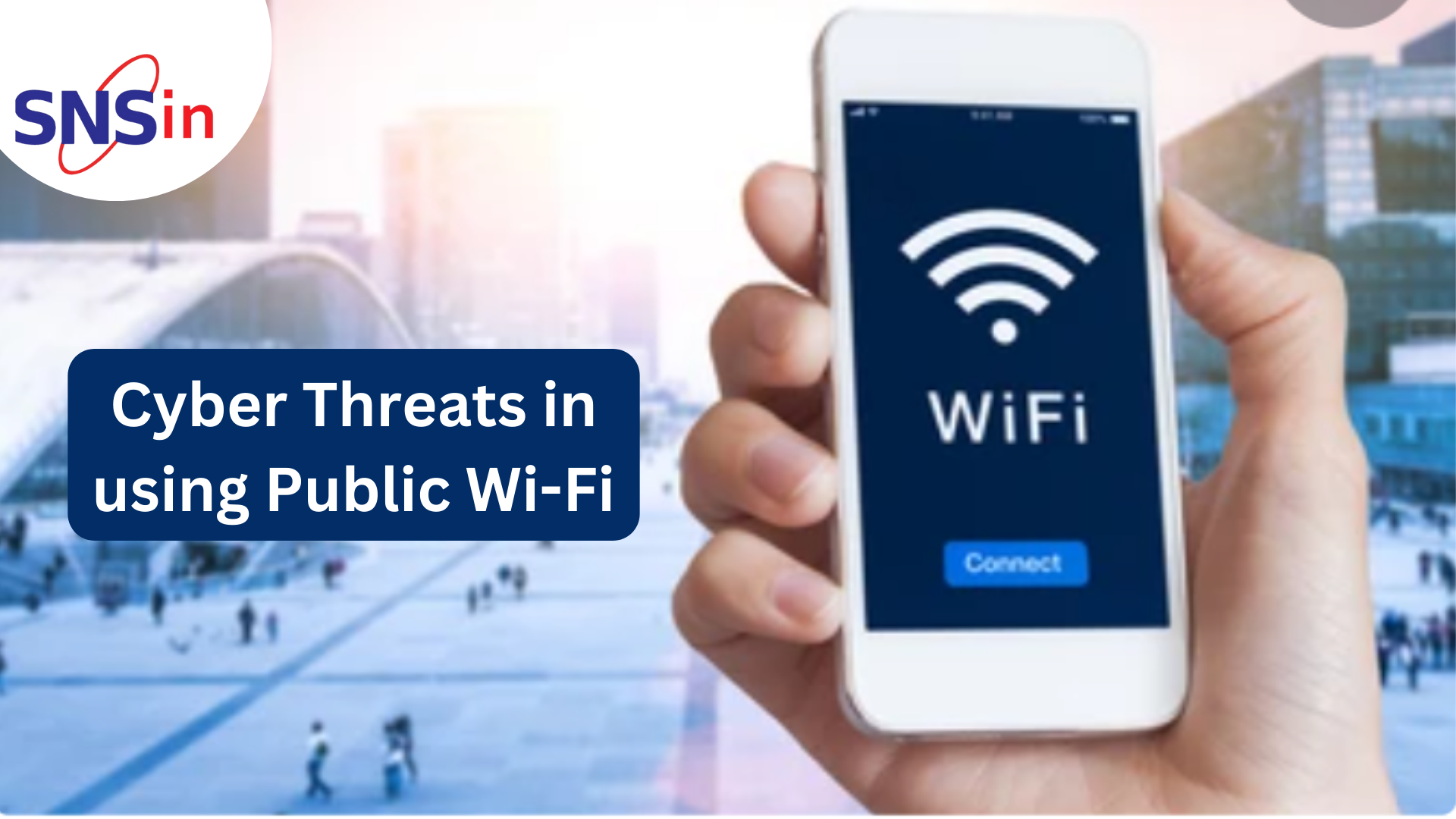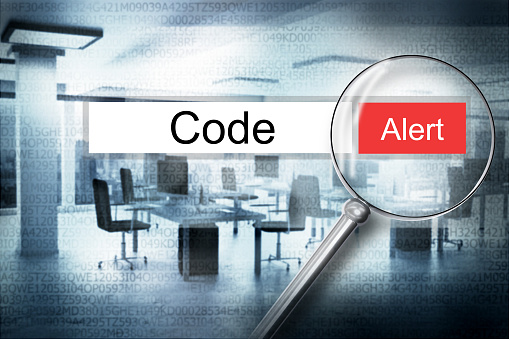The Era of ‘Work From Anywhere’ The start of the pandemic in 2020 was also a record-breaking period for cyberattacks. With mandates to adhere to the lockdown, working professionals around the world retreated to their home offices. Even after the economy started to open up, the remote work format stayed for many. It can be deduced that having the option to work outside the office has driven many employees to choose public settings such as coffee shops, restaurants, airports, or other such public spaces to work, making businesses and employees more vulnerable to cyber-attacks.
Increase in Incidents of Cyber Attacks
The worrying aspect of this new culture is that cyberattacks are also on the rise with the growing remote working population. Statistically, there has been an increase in the number of incidents reported, and this spike was more than a 100% increase over the pre-pandemic era. Perpetrators have evolved in their operation and come up with sophisticated techniques to go unnoticed. Protecting oneself from the risks of public wi-fi has never been more imperative. This is essential for businesses and people in every industry, although some are more susceptible than others.The Risks Associated with Public Wi-Fi
Most people working while being connected through open wi-fi networks are ignorant of the risk of accidentally sharing confidential information over the internet, which may cause a major problem through the workings of a skilled hacker. Modern networks are also not without their risks, which is why people should be wary of the common dangers of threats of using public wi-fi for businesses and individuals.- Man-in-the-middle attacks: One of the most widespread threats on public wi-fi networks is called man-in-the-middle (MITM) attack. Essentially, this is a form of eavesdropping. When a computer establishes a connection to the internet, information is sent from one point to another, and vulnerabilities can allow the attacker to enter this gap and grasp them. Therefore, what was thought to be private, no longer remains so. Scammers may even carry out a MITM attack with the use of phishing emails. In this case, they impersonate a source that is trusted by the user and trick them into sharing private information.
- Malware and viruses: Another common threat over public networks is the forced installation of malware on user devices. This is the broad term used for all code and apps written to harm devices or intercept the information. Hackers can infect the network, which then spreads out over devices connected to it. Malware comes in many forms and has the ability to create havoc and spy on the devices it infects. Viruses are a variety of malware that spread through a host file and are triggered and replicated by a human. ‘Worms’ can replicate independently without any human intervention, making them agents of greater damage.
- Unencrypted network connections: When using an encrypted network, the information being exchanged between the device and the wi-fi router is in a secret code. Therefore, nobody can see the information without a security key. Users can never be sure that the wi-fi network is encrypted when using public wi-fi. However, if connected to an unencrypted network, it becomes easier for a scammer to reach the web traffic and use it for underhand activities like MITM attacks.
- Network snooping and sniffing: Wi-fi snooping and sniffing happen when cybercriminals buy special software kits and devices to assist them in eavesdropping on the wi-fi signals. The method can allow hijackers to access everything owned by the users and all their activity online and even hijack the user’s online session.
- Vulnerability of login credentials: Vulnerability of login credentials is caused when passwords are weak and predictable. This can be prevented by ensuring that all passwords for apps and websites are unique and strong.
- Alerts on system updates: Hackers are always finding newer ways to take control of smartphone devices. One way of stealing data is through alerts that are fake, with data-exfiltration capabilities.
- Malicious hotspot networks: Rogue hotspot networks can act as access points to trick victims into connecting to what they might think is a legitimate network because the name may sound reputable. Thereafter, cybercriminals controlling it can gain access to personal information.
Hot to Stay Safe over Public wi-fi Networks?
- Using a VPN to protect against traffic with end-to-end encryption
- Keep Bluetooth non-discoverable and switch off auto-connect with wi-fi.
- Installing firewall
- Create strong and unique passwords
- Companies should always have anti-malware and anti-sniffing protection.
- Frequent running of vulnerability scans to identify and mitigate threats
- Sticking to ‘HTTPS’ websites
- Utilizing browser extensions
- File-sharing should be turned off
- Operating systems should always be updated
Conclusion
The worldwide increase in the number of cyberattacks is emphasizing the need for stronger controls and professionals with better knowledge and skills. Businesses and individuals need to be more aware of the kind of threats that can infiltrate the system, compromising it. Accordingly, steps need to be taken to have stringent controls to mitigate the risks. Not using public wi-fi can be a safer way.About SNS
Secure Network Solutions (SNS) provides a quantifiable, risk-based approach to building a global structure of cybersecurity infrastructure based on internationally recognized frameworks and practices. We have been providing cyber security services and catering to clients across industries for the last 22 years. Write to us at [email protected] or visit us at www.snsin.com.Swathi
AuthorWorking IT professional and a Cyber Security enthusiast. Passionate to write about Cyber Security topics and Solutions. I share my insights as I study articles and trending topics in the field of Cyber Security.
![]()




